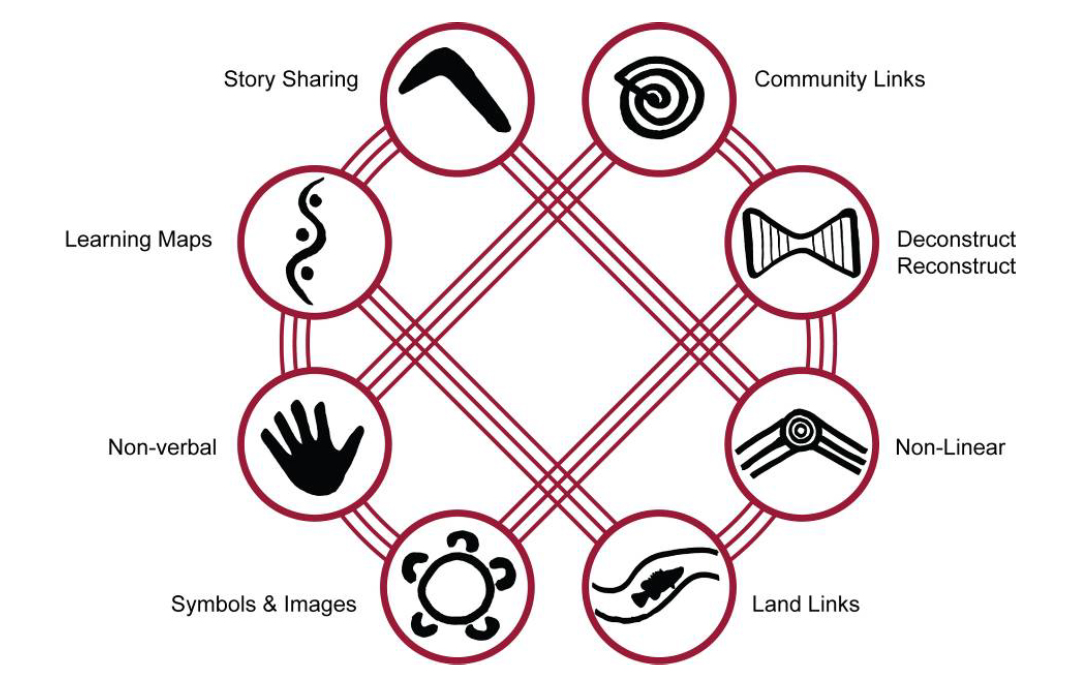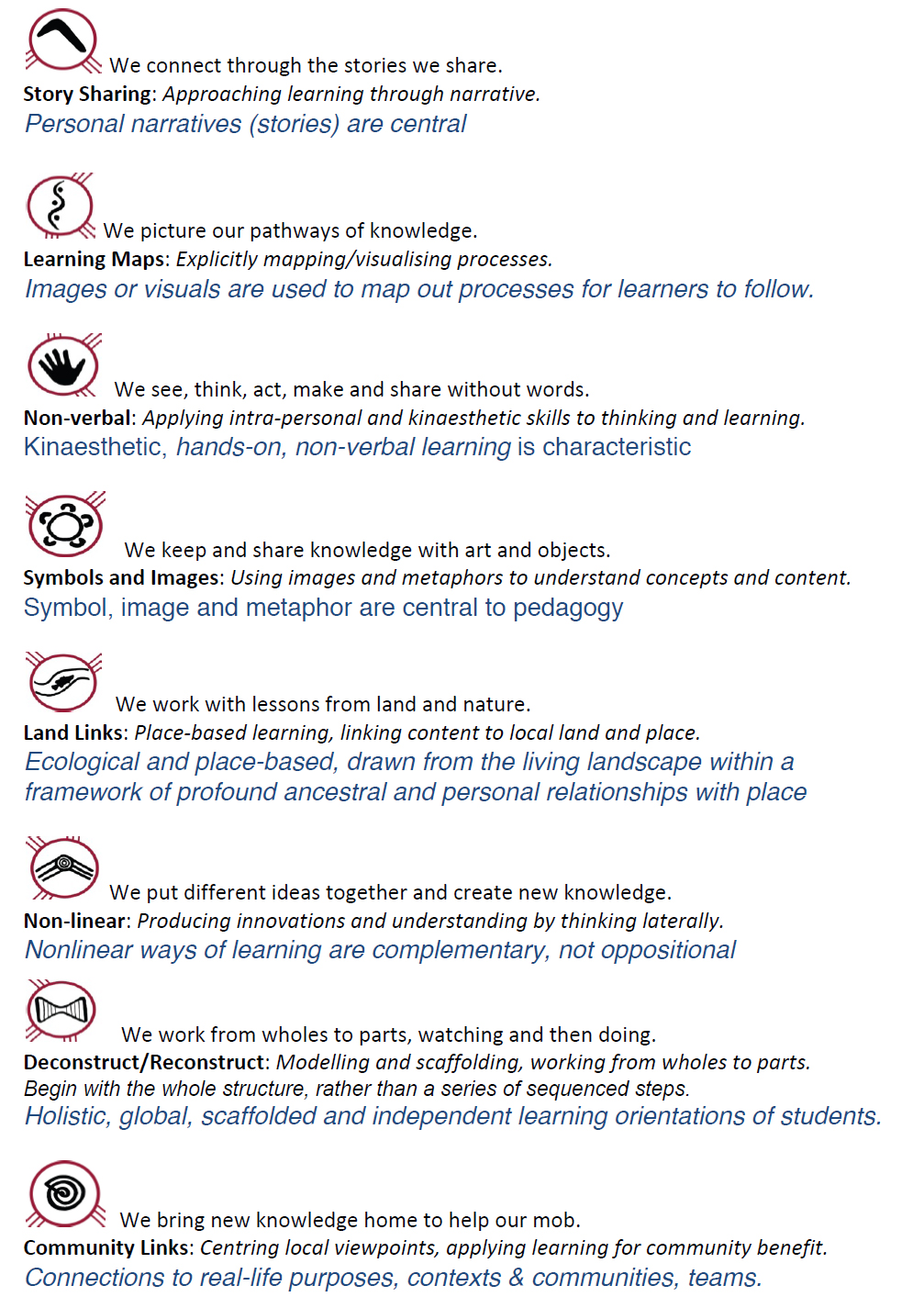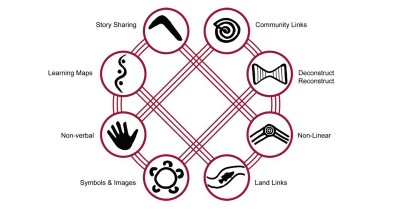The 8 Aboriginal Ways of Learning is a pedagogy framework that allows teachers to include Aboriginal perspectives by using Aboriginal learning techniques. The following article provides information on 8 Aboriginal Ways Of Learning - Pedagogies Framework, Sample Of Implementing 8 Ways Of Learning Within The Environment and more.
The Aboriginal pedagogy framework is expressed as eight interconnected pedagogies. It is a point of entry into this way of knowing. It is a way to develop relationally responsive practice in the way you work with your Aboriginal community.
8 Aboriginal Ways Of Learning - Pedagogies Framework
Every place, every people, has its own unique pedagogies. These 8 simple ones are merely a starting point for dialogue. These include:
- Story Sharing: Approaching learning through narrative.
- Learning Maps: Explicitly mapping/visualizing processes.
- Non-verbal: Applying intra-personal and kinesthetic skills to thinking and learning.
- Symbols and Images: Using images and metaphors to understand concepts and content.
- Land Links: Place-based learning, linking content to local land and place.
- Non-linear: Producing innovations and understanding by thinking laterally or combining systems.
- Deconstruct/Reconstruct: Modelling and scaffolding, working from wholes to parts (watch then do).
- Community Links: Centring local viewpoints, applying learning for community benefit.

Common ground between mainstream and Aboriginal pedagogies.

How We Learn - Cultural Way
1. We connect through the stories we share.
2. We picture our pathways of knowledge.
3. We see, think, act, make, and share without words.
4. We keep and share knowledge with art and objects.
5. We work with lessons from land and nature.
6. We put different ideas together and create new knowledge.
7. We work from wholes to parts, watching and then doing.
8. We bring new knowledge home to help our mob.
Simply: ‘Think and do. Draw it. Take it outside. Try a new way. Watch first, then do. Share it with others.’
Sample Of Implementing 8 Ways Of Learning Within The Environment
I chose the text, ‘Belonging’ by Jeannie Baker as it explores the theme of having a connection with the land, a feeling of belonging to a home. Aboriginal people have always believed that we belong to the land. If we keep it healthy, it will sustain the web of life on which we depend. This is the message that I wanted to convey to the children.
The text ‘Belonging’ by Jeannie Baker has no words, and the students needed to look closely at the pictures to understand the author’s message being conveyed. This created a lot of discussions.
Children brainstormed their understanding of the term ‘Belonging’ and they described it as feeling a connection to a place, a feeling of being at home.

Story Sharing
After listening to the Aboriginal poem, students placed their hands on the earth to connect with the land.
The messaged conveyed is that we belong to the land and it is our responsibility to look after it for future generations.
Land Links
Students looked at how handprints and other symbols are used by Indigenous Australians in their art to express their sense of belonging. Kindergarten used paint to create their own symbols to represent their sense of belonging to their family or home.
Symbols and Images

Learning Maps and Community Links

Children went on a tour outside in search of native animals that lived there and created a map of the markings in different places, where different animals are found. Children brainstormed ways to improve the outdoors for native animals and how we could protect their environment.
By Kate Harris @ Ambarvale PS
This pedagogy framework allows Educators/Teachers to include Aboriginal perspectives by using Aboriginal learning techniques. In this way, the focus can remain on core curriculum content while embedding Aboriginal perspectives.
For more information on 8 Aboriginal Ways Of Learning, please read the following: Aboriginal Pedagogy
Reference:
8 Ways, Aboriginal Pedagogy, NSW Department Of Education
